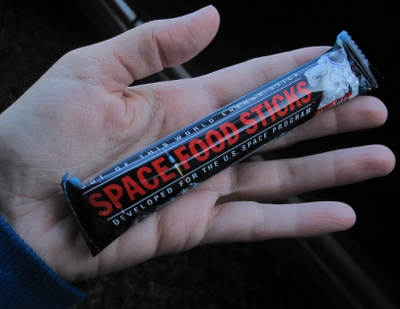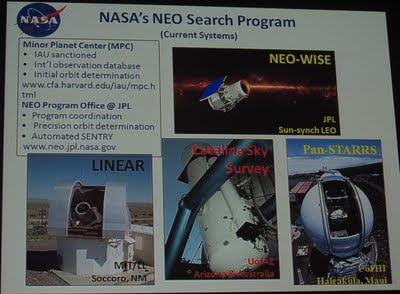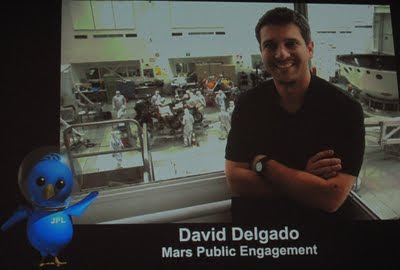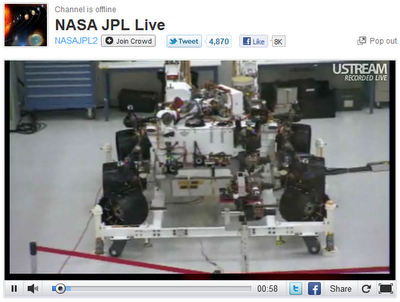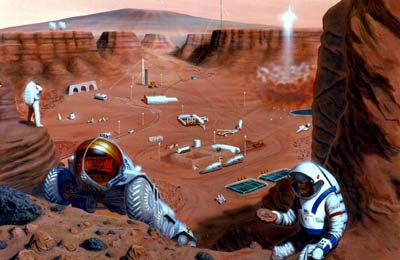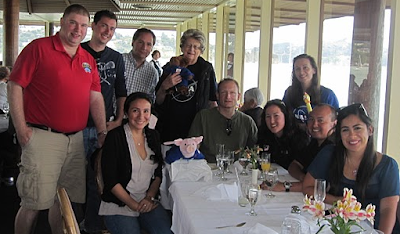
So I follow twelve NASA Twitter feeds, and lived under the delusion that I was following a great many! I checked the
NASA Connect page from time to time for new things, but it had been awhile... and what an explosion over the past year! However, theirs is slightly out-of-date, so here is the full list now. Truly, they need someone like me to curate this for them -- alas, no one has made me QUEEN yet.
I was one of those folks who didn't quite understand Twitter when I signed up to Tweet, but over time have seen the fascination with micro-blogging in the 140-character culture. So! If you're interested in keeping up with various NASA facilities and individual missions, here is the full spate of NASA Twitter feeds... along with the current snapshot of followers:
@NASA
News From NASA -
1,173,085
Now up over a million!
@NASA_Astronauts
Updates on astronaut activities -
108,071
@Lori_Garver
NASA Deputy Administrator -
10,277
@NASAAmes
Ames Research Center (Mountain View, CA) -
22,580
@NASADryden
Dryden Flight Research Center (Edwards, CA) -
14,213
@nasa_glenn
Glenn Research Center (Cleveland, OH) -
4,447
@NASAGoddard
Goddard Space Flight Center (Greenbelt, MD) -
28,184
@NASAJPL
Jet Propulsion Laboratory (Pasadena, CA) -
175,740
@NASA_Johnson
Johnson Space Center (Houston, TX) -
32,271
@NASAKennedy
Kennedy Space Center (Cape Canaveral, FL) -
204,144
@NASA_Langley
Langley Research Center (Hampton, VA) -
17,778
@NASA_Marshall
Marshall Space Flight Center (Huntsville, AL) -
13,770
@NASAStennis
Stennis Space Center (Michoud, MS) -
8,135
@NASA_Wallops
Wallops Flight Facility (Wallops Island, VA) -
12,653
@NASA_APPEL
NASA HQ (Washington, DC) -
3,106
@AsteroidWatch
JPL's Near Earth Objects (Pasadena, CA) -
767,871
@CassiniSaturn
Saturn Solar System Studies (JPL) -
124,644
@chandraxray
Chandra Observatory (MSFC) -
11,014
@MarsCuriosity
Curiosity Rover (JPL / KSC) -
35,820
@DESERT_RATS
Desert Analog Projects -
11,869
@NASA_EO
Earth Observatory (Greenbelt, MD) -
11,988
@EarthVitalSigns
Eyes On The Earth (JPL) -
24,666
@NASA_eClips
NASA Educational Short Films -
364
... Ha, get it? ECLIPS? ;) Nice.
@NASAenvcomm
NASA Environmental Management -
72
@NASAGlory
Glory Mission Energy Balance -
3,415
@NASA_GESDISC
Goddard Earth Sciences Data (GSFC) -
639
@NASA_Hubble
Hubble Space Telescope (HST) -
24,765
@NASAHurricane
Hurricane / Cyclone Watch (Greenbelt, MD) -
126,508
@NASA_ICE
ICESat: Ice, Cloud, & Land Elevation Satellite -
8,833
@ISS_Research
International Space Station (ISS) -
8,061
@J2XEngine
J2X Rocket Engine (MSFC) -
128
@NASAWebbTelescp
NASA Webb Telescope (Greenbelt, MD) -
12,010
@NASAJuno
Jupiter Mission (JPL) -
1,762
@NASAKepler
Kepler Mission (Ames) -
136,631
@LRO_NASA
Lunar Reconnaissance Orbiter (Greenbelt, MD) -
98,646
@MarsRovers
Spirit and Opportunity (JPL) -
139,193
@NASA_Airborne
Airborne Science Program -
1,004
@AstrobiologyNAI
NASA Astrobiology Institute (ARC) -
962,331
@NASA_CASI
NASA Center for AeroSpace Information -
3,082
@nasacore
Central Operations of Resources for Educators -
3,628
@NASAhistory
History of NASA (Washington DC) -
17,493
@scijinks
Global Weather Patterns (JPL) -
2,415
@NASA_SDO
NASA Solar Dynamics Observatory (Greenbelt, MD) -
7,103
@SOFIAtelescope
NASA Stratospheric Observatory For Infrared Astronomy -
4,709
@NASA_Spinoff
NASA-Derived Technologies on Earth -
9,134
@NASAVoyager
Voyager I and II Spacecrafts -
889
Interestingly, the only NASA mission feeds with more followers than the administrative accounts of the centers are the Astrobiology Institute and Asteroid Watch! It would seem the two larger human interests are... finding non-humans and keeping up with what might be smashing into Earth at any given time.
Conspicuously missing? Any official Space Shuttle feeds, strangely. NASA KSC twitters a great deal about shuttles, of course, and there are non-NASA feeds dedicated to each Orbiter.
So if you'd like to follow the final Shuttle launch, another good feed is
@SSAtlantis for the Space Shuttle Atlantis. However, you're better off following my Twitter feed. I'll be in Florida... watching! Fancy that! :)
